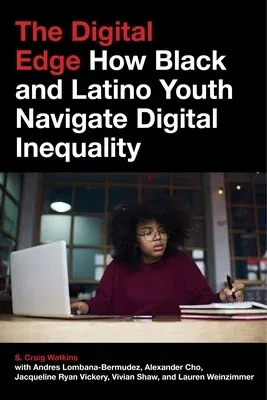How black and Latino youth learn, create, and collaborate online
The Digital Edge examines how the digital and social-media lives of
low-income youth, especially youth of color, have evolved amidst rapid
social and technological change. While notions of the digital divide
between the "technology rich" and the "technology poor" have largely
focused on access to new media technologies, the contours of the digital
divide have grown increasingly complex. Analyzing data from a year‐long
ethnographic study at Freeway High School, the authors investigate how
the digital media ecologies and practices of black and Latino youth have
adapted as a result of the wider diffusion of the internet all around
us--in homes, at school, and in the palm of our hands. Their eager
adoption of different technologies forge new possibilities for learning
and creating that recognize the collective power of youth: peer
networks, inventive uses of technology, and impassioned interests that
are remaking the digital world.
Relying on nearly three hundred in-depth interviews with students,
teachers, and parents, and hundreds of hours of observation in
technology classes and after school programs, The Digital Edge carefully
documents some of the emergent challenges for creating a more equitable
digital and educational future. Focusing on the complex interactions
between race, class, gender, geography and social inequality, the book
explores the educational perils and possibilities of the expansion of
digital media into the lives and learning environments of low-income
youth. Ultimately, the book addresses how schools can support the
ability of students to develop the social, technological, and
educational skills required to navigate twenty-first century life.

